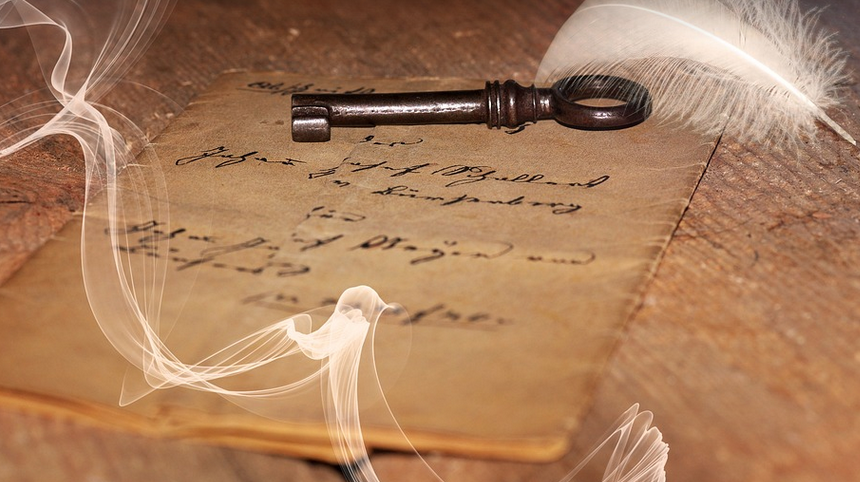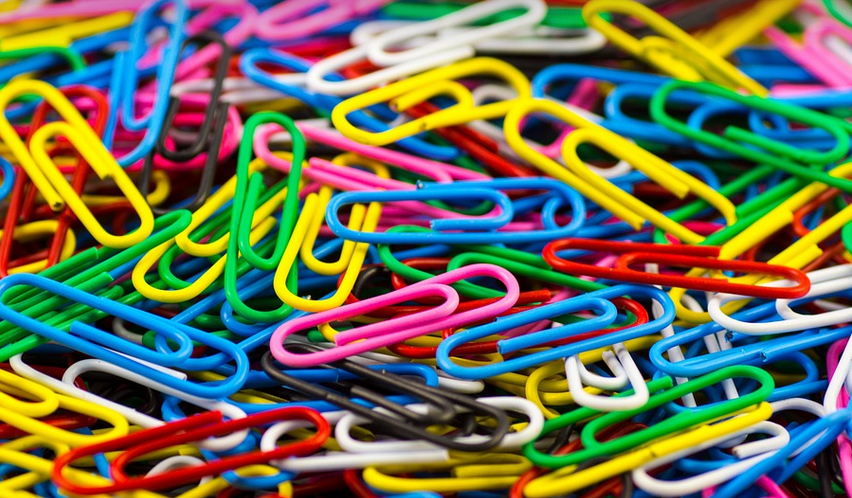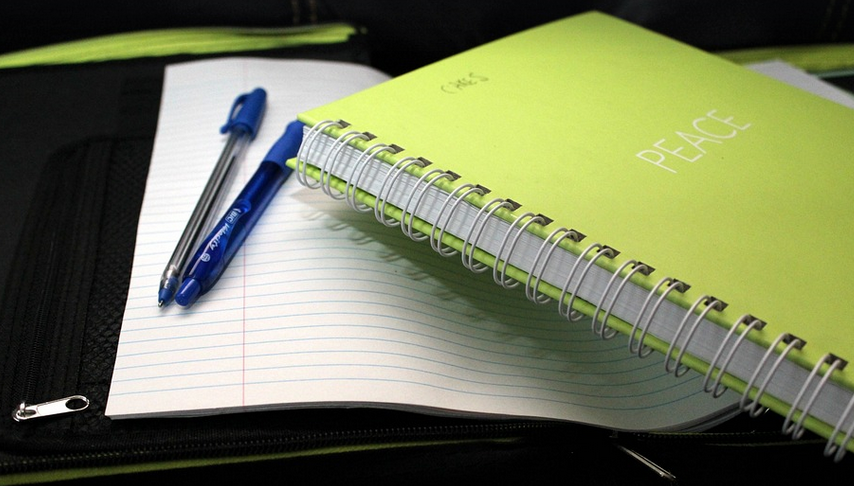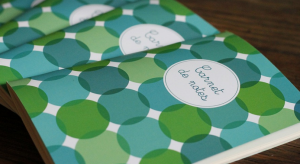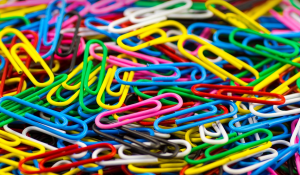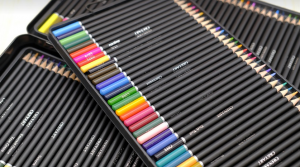The Power of Simple Lines and Squares
Graph paper is more than just a tool for mathematicians or engineers; it’s an elegant canvas that brings order to chaos, whether you’re sketching out ideas, planning your life, or simply enjoying the beauty of geometric exploration. The simplicity of its design—black lines on white grid squares—acts as a powerful language, allowing us to visually explore concepts and relationships.
The defining characteristic of graph paper is undoubtedly its grids. Each square, like a miniature world within itself, represents a fraction of your space, giving you control over the scale of your creations and ensuring that every detail is accounted for. The grid’s presence invites us to engage with geometry on a deeper level, prompting us to ponder the intricate dance between points, lines, and patterns.
The beauty of graph paper lies in its versatility. You can use it to sketch rough layouts for presentations or project plans; you can draw diagrams to illustrate complex scientific concepts; you can even write short stories on the squares, letting your imagination run wild with each stroke of your pen.
Mastering Graph Paper: A Guide to Unlocking Its Potential
So, how do we truly leverage this humble tool? Let’s delve into some strategies for maximizing its potential:
1. **Precision Plotting:** Graph paper is a fantastic resource for accurate plotting and measuring of angles and distances. The grid system allows you to pinpoint your measurements with ease. You can mark points on the graph, ensuring that every angle and line is precisely aligned, making it ideal for tasks like designing geometric structures or constructing precise maps.
2. **Scale and Proportion:** Graph paper’s grid squares offer a level of control over scaling that few other tools provide. By plotting points at specific grids, you can instantly see the impact of your actions on the overall size and proportion of your drawing. This helps you maintain consistency and accuracy in any project.
3. **Pattern Recognition:** Graph paper encourages pattern recognition and visualization skills. From simple dot-to-dot drawings to complex geometric designs, the act of tracing lines and shapes can sharpen visual memory, allowing you to recall patterns more easily.
4. **Exploring Relationships:** Graph paper is a powerful tool for exploring relationships between different elements in any system. For example, drawing a simple graph with your data will help you visualize trends or understand the impact of changes on specific variables.
5. **Visualizing Concepts**: Graph paper allows you to represent abstract ideas and concepts visually. The grid-based structure helps you see the connections between different parts of a concept. For example, using graph paper to illustrate the flow of information in a business process can help identify bottlenecks or areas for improvement.
Beyond the Grid: Exploring Creative Applications
While graph paper holds undeniable utility in fields like engineering and design, its true magic lies in its ability to bring out creativity. Let’s explore some unique applications:
1. **Creative Writing Sparks:** The grid can serve as a canvas for your imagination. Write stories, poems, or even song lyrics on the squares, adding depth and texture to your writing style.
2. **Mind Mapping**: Turn brainstorming into a visual masterpiece! On graph paper, create mind maps, sketching out ideas in a hierarchical format that makes it easy to see connections between concepts.
3. **Budgeting and Financial Planning:** Use the grid’s squares to visualize your expenses. The ordered rows can help you track spending patterns and make informed financial decisions. For example, you could create a simple budget chart on graph paper with columns for income, expenses, and savings.
4. **Music Composition**: Consider using graph paper as a tool for composing music. The squares provide visual cues to explore melodies, chords, and rhythms, potentially leading to new musical innovations. You can even draw abstract patterns and shapes on the squares to represent notes or musical elements.
5. **Art Exploration:** Graph paper is perfect for experimenting with different art techniques. Sketching intricate designs, doodling, or even creating abstract art can be a relaxing experience. The grid’s structure encourages exploration of lines, shapes, and textures.
A World of Possibilities: Embrace the Simplicity
Graph paper holds an enduring charm that transcends its technical applications. It’s a reminder to embrace simplicity, use our imaginations freely, and revel in the beauty of a well-structured world. Let it be your guide as you explore new ideas, solve problems, and create something truly unique.
